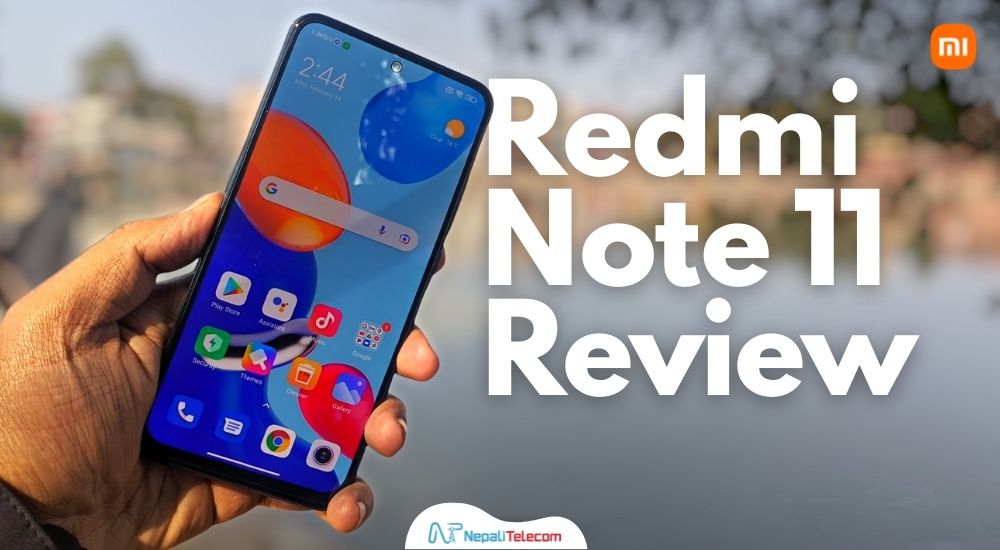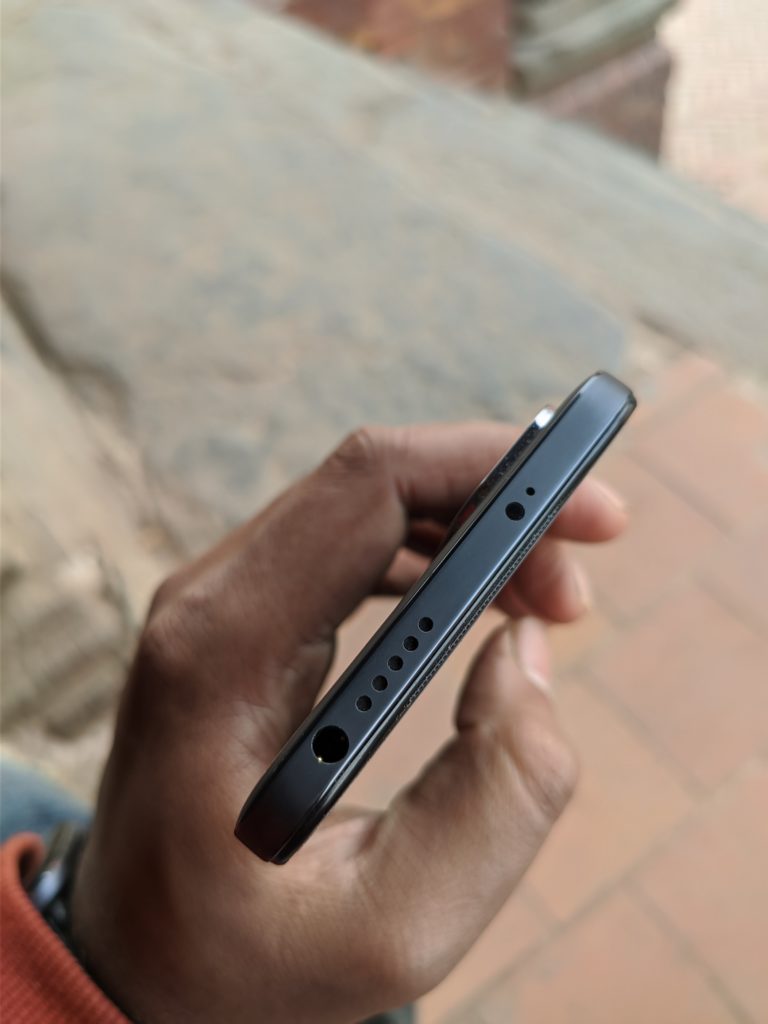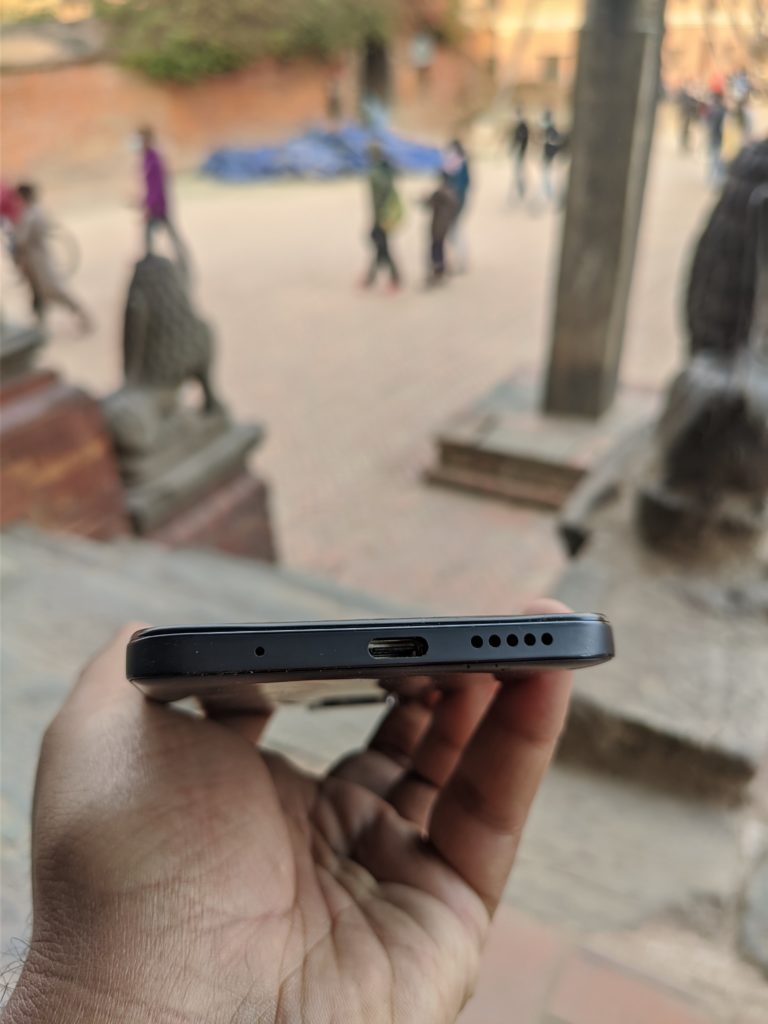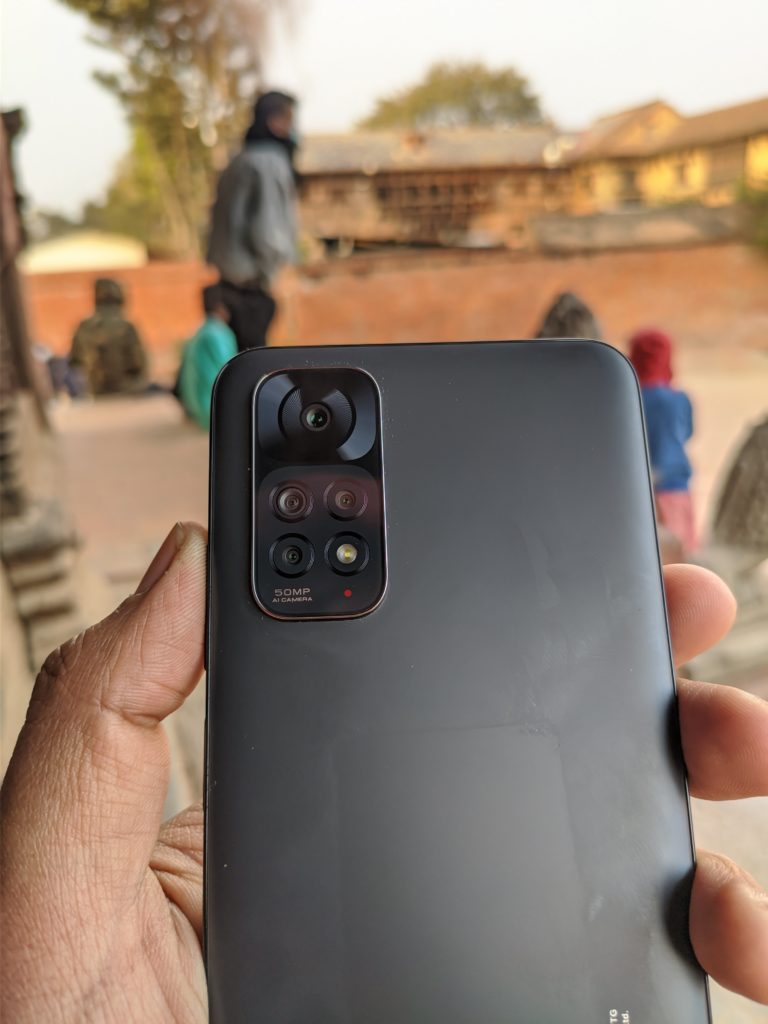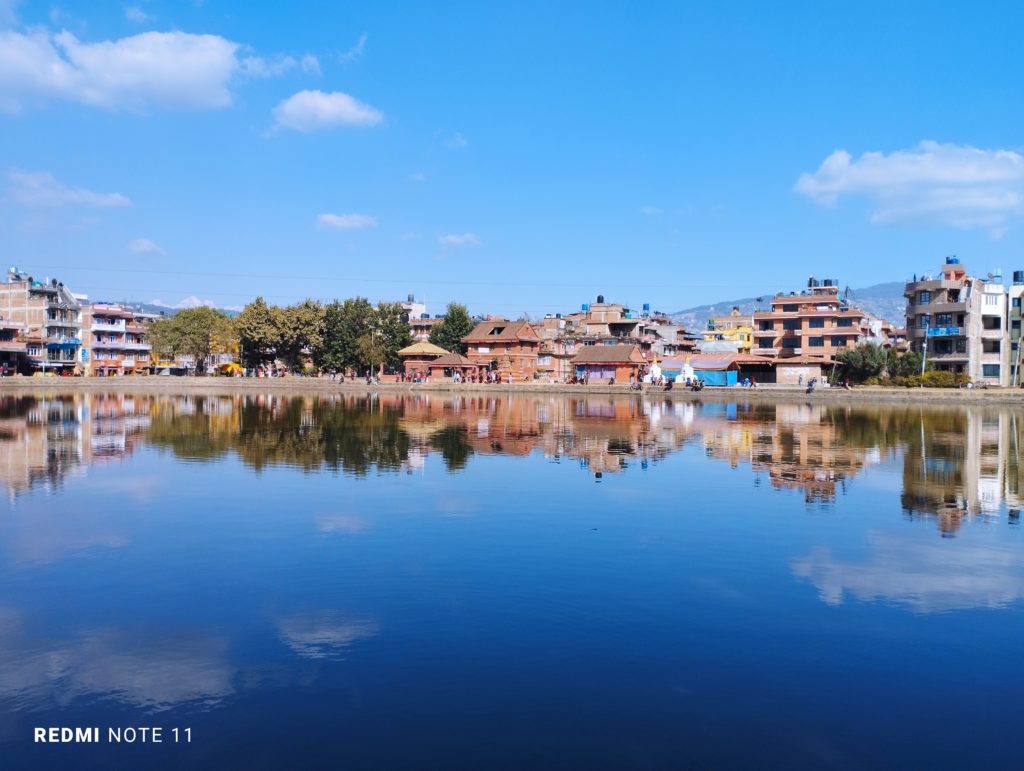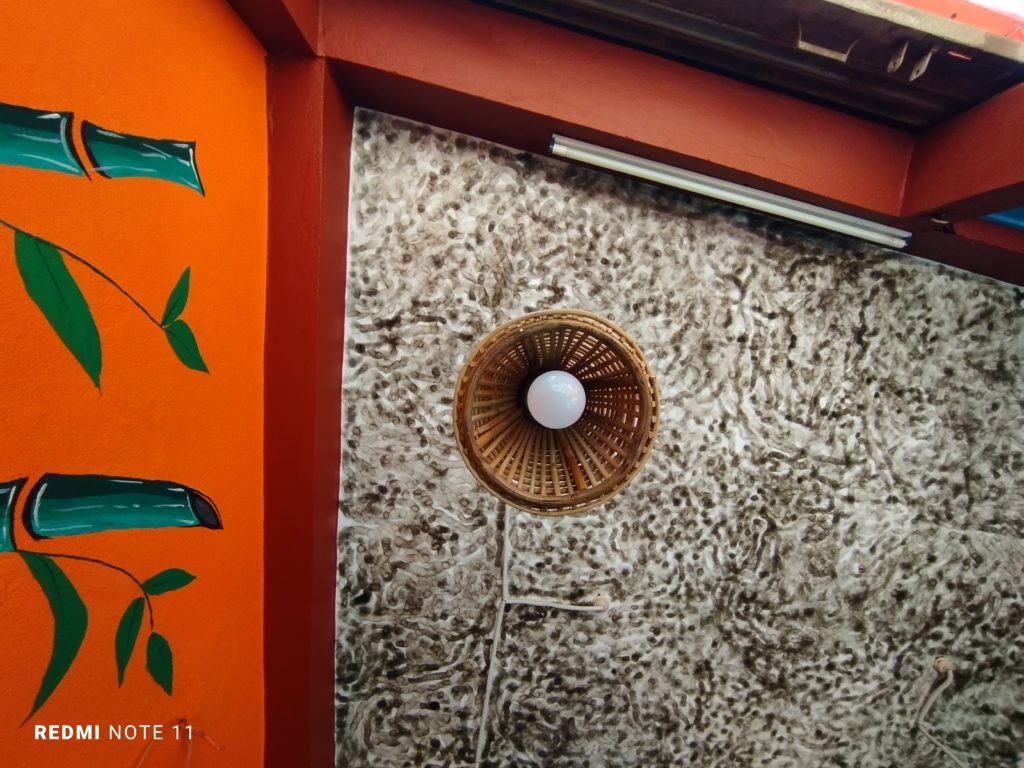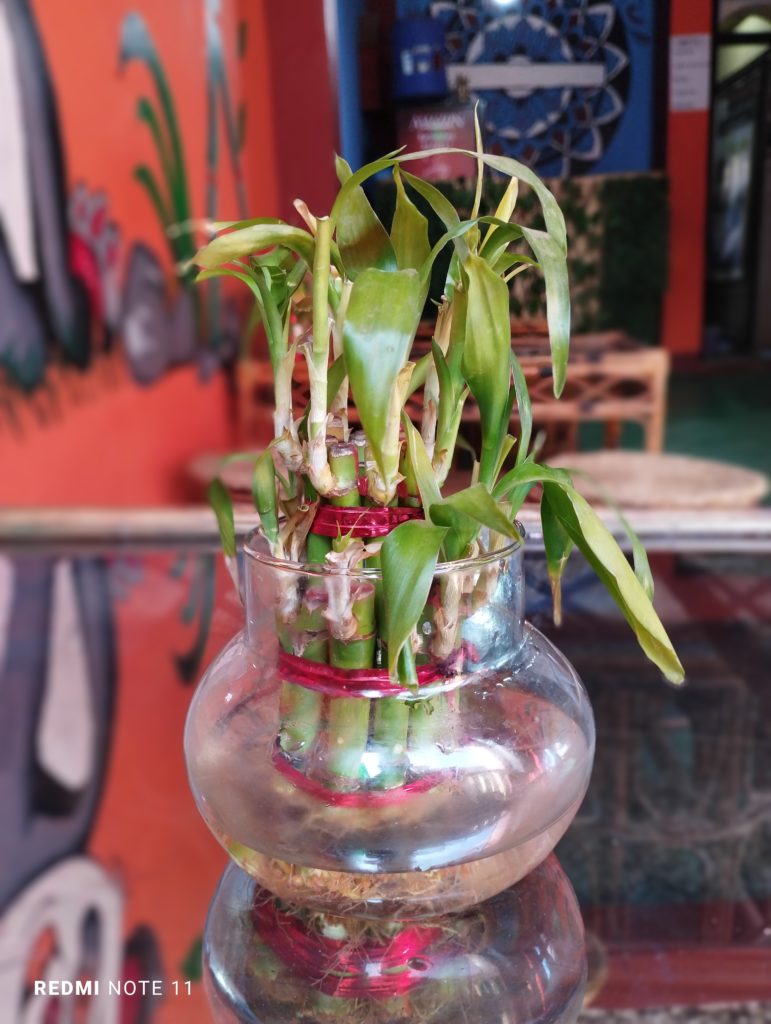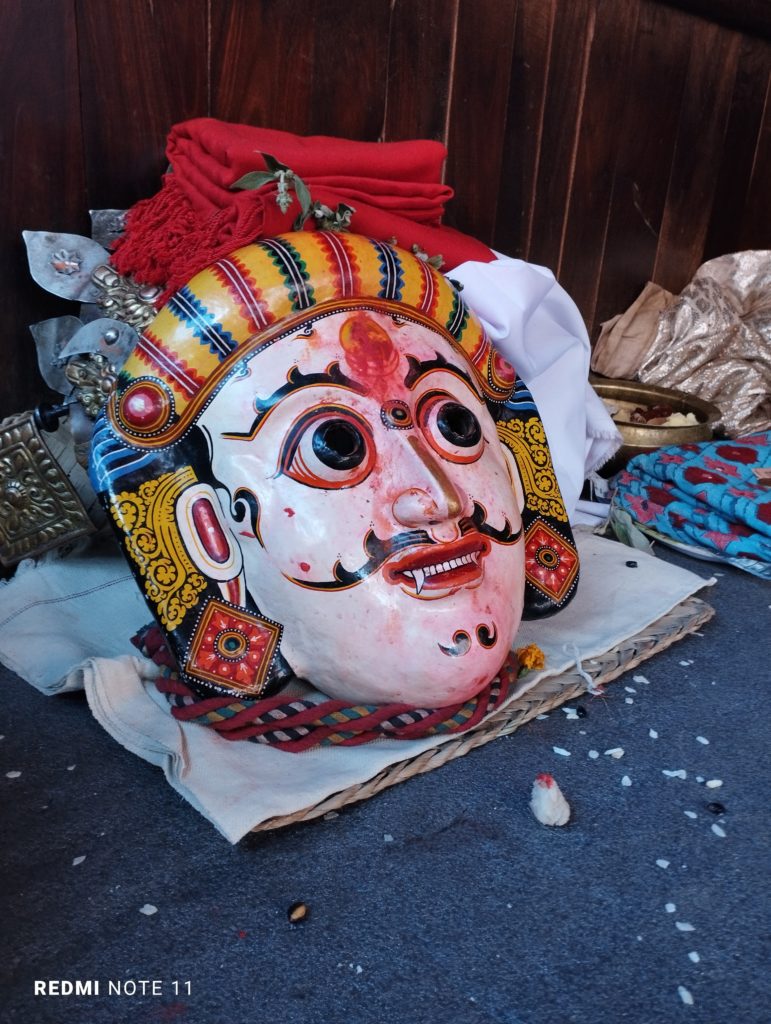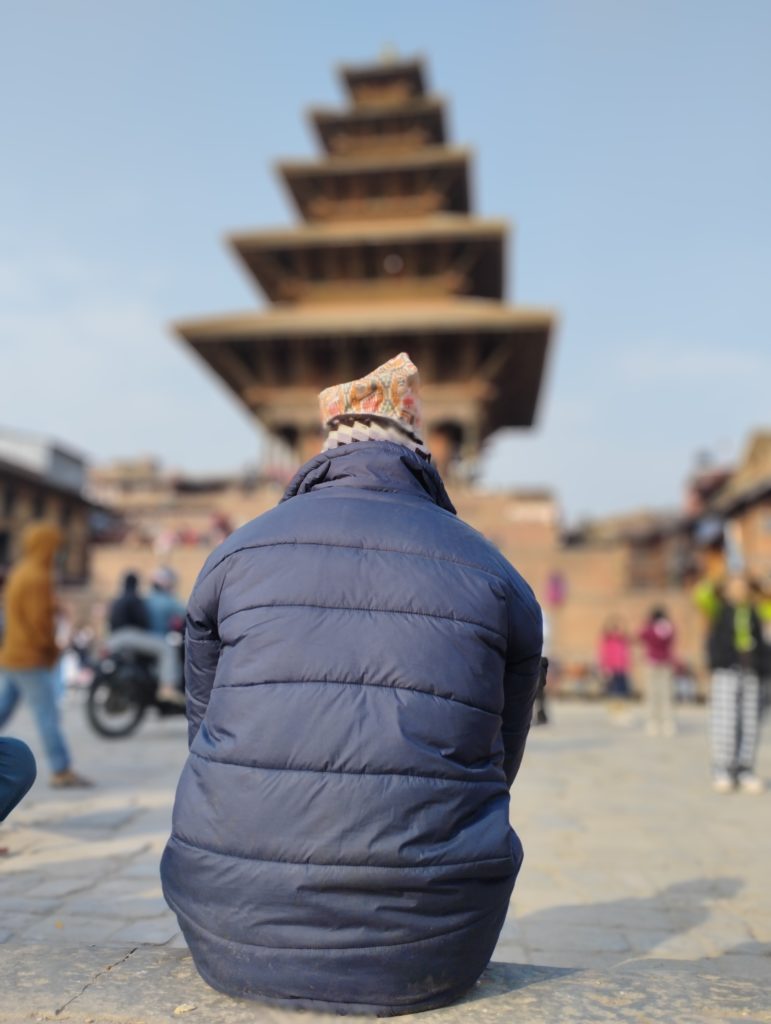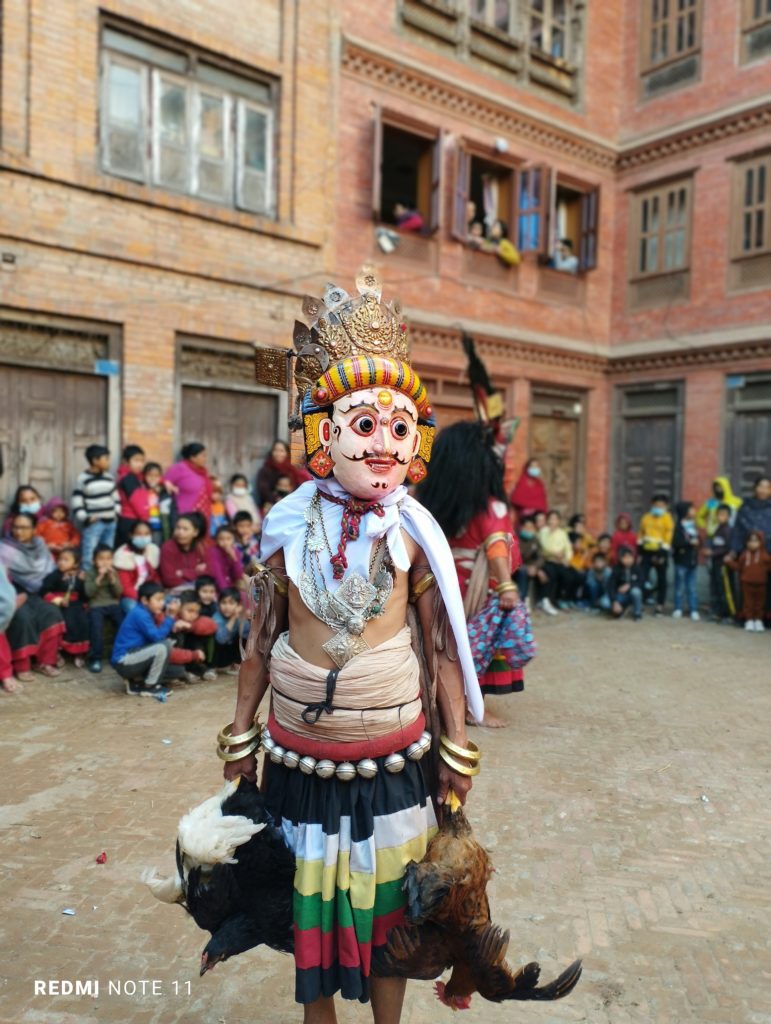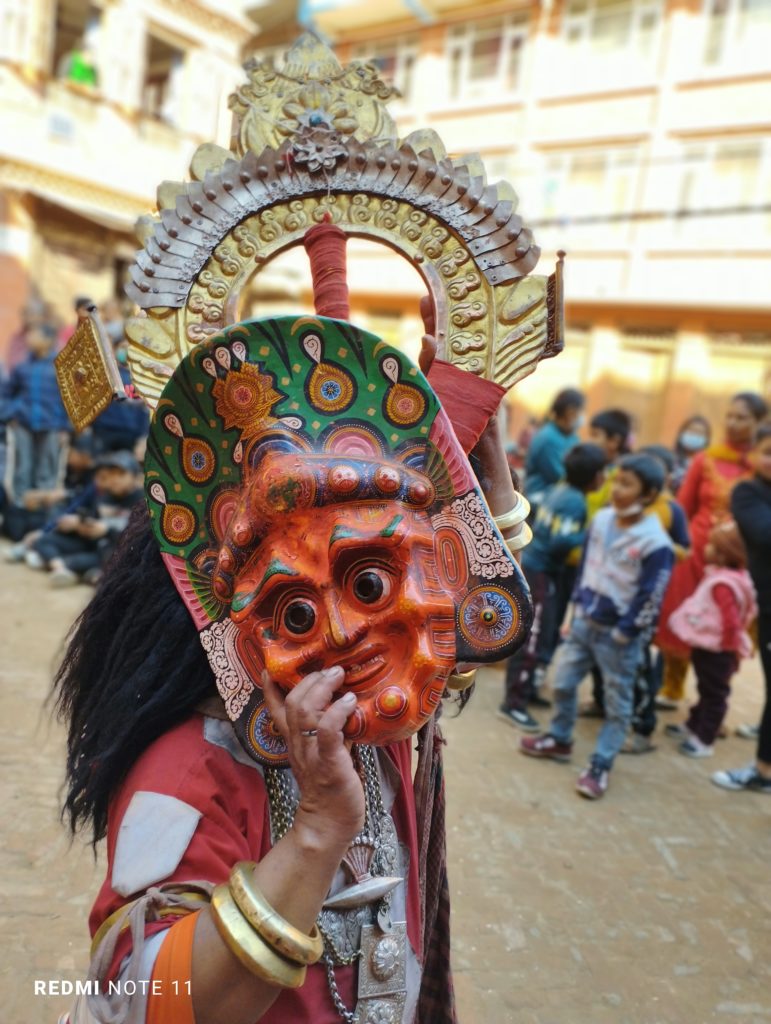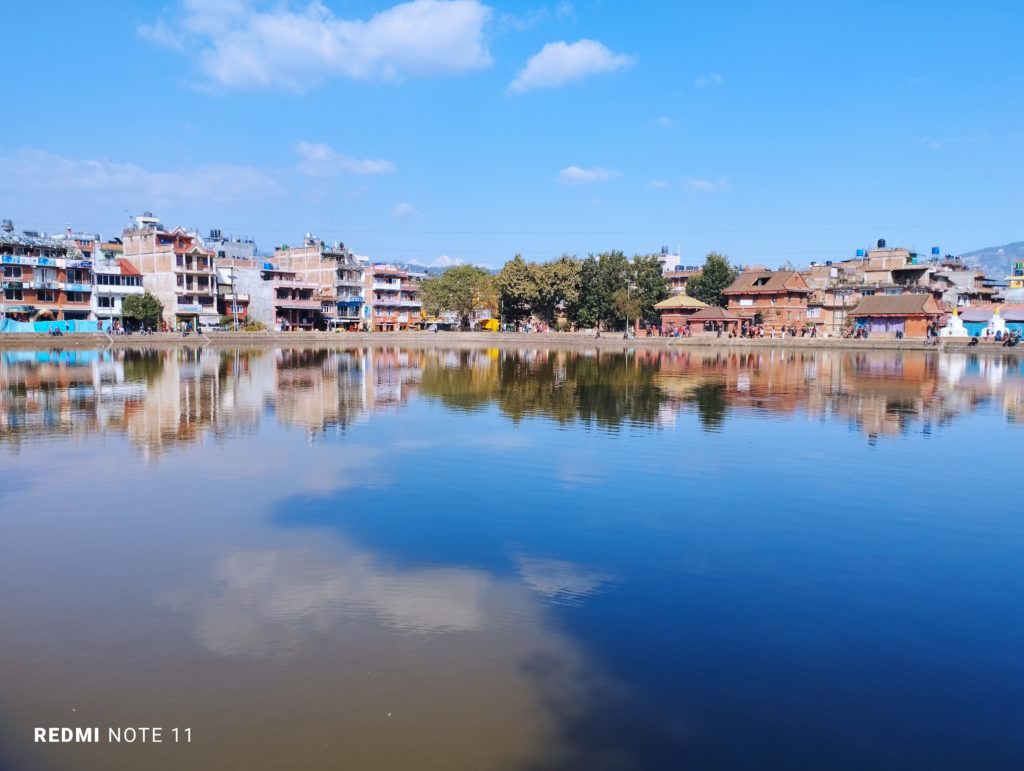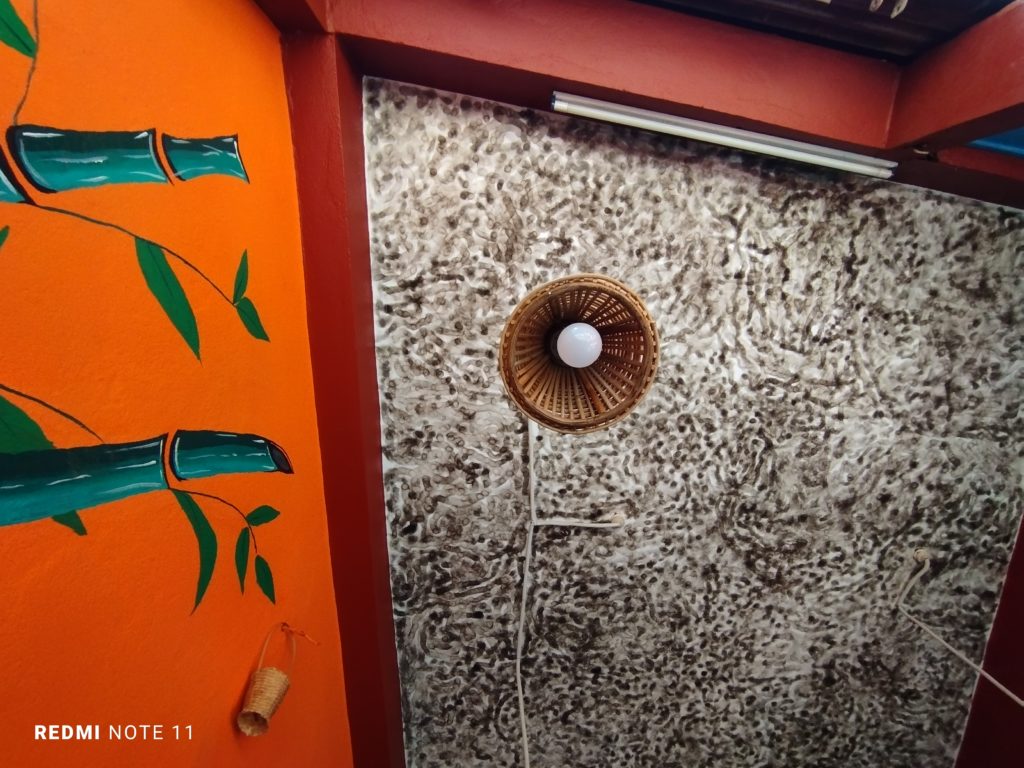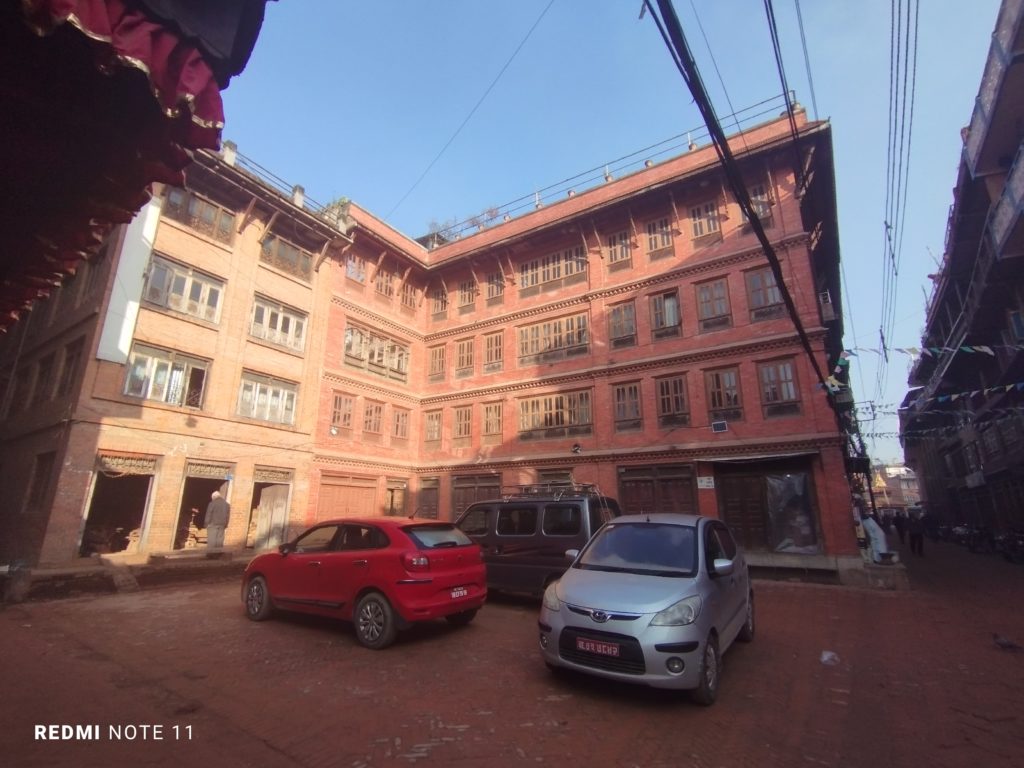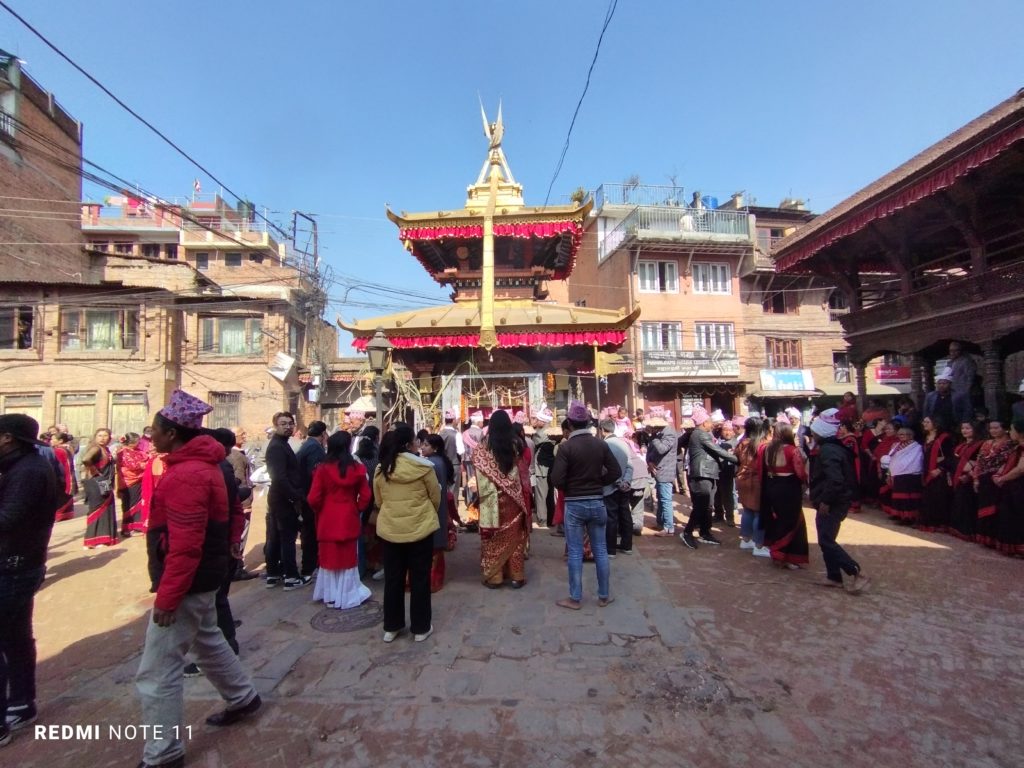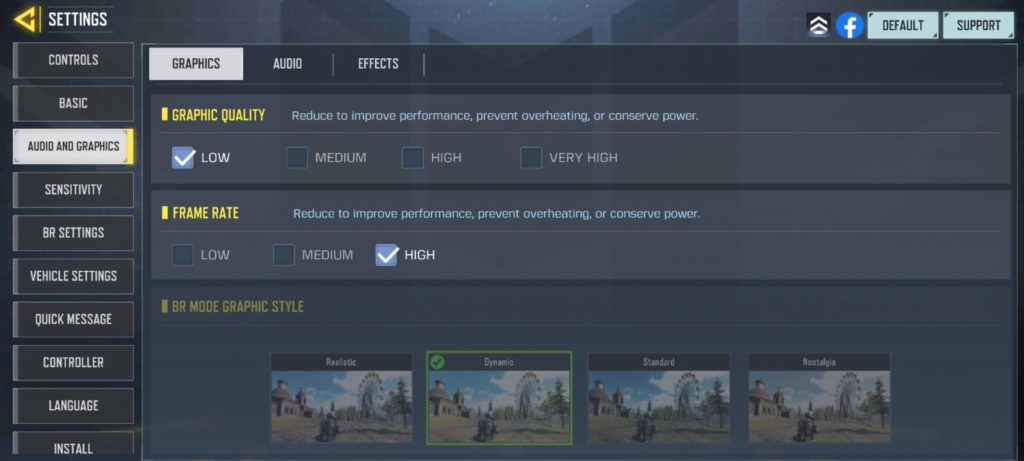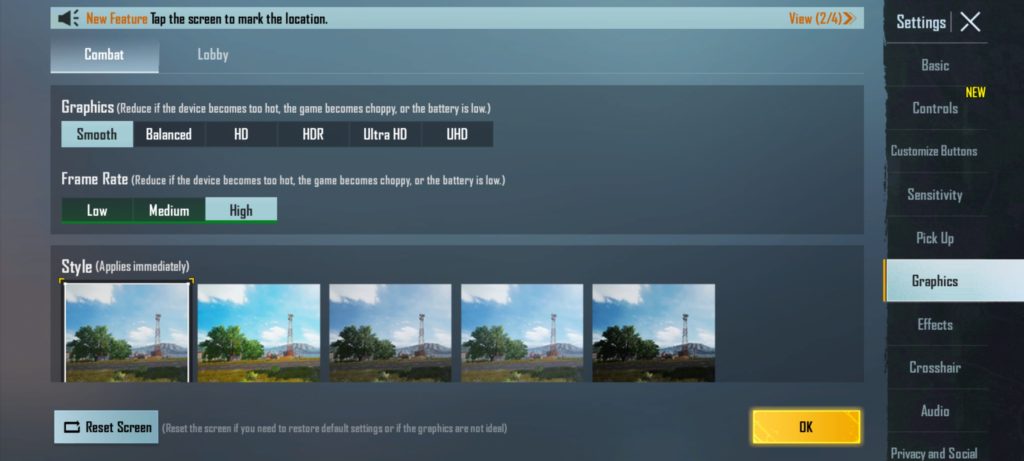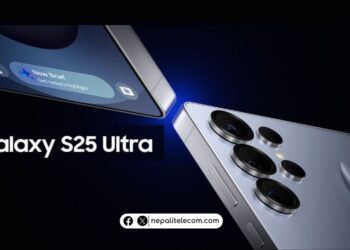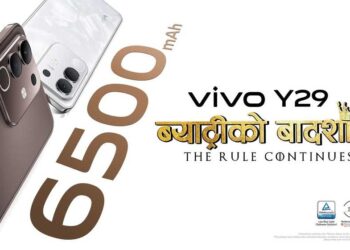Redmi is arguably the most popular brand when it comes to value for money products. The OEM recently launched Redmi Note 11 Series alongside MIUI 13, the newest skin from Xiaomi. The vanilla model, Redmi Note 11 made its way into Nepal the very next day after the global launch. The Snapdragon 680 powered smartphone comes with a set of quad cameras & a 90Hz AMOLED panel. Is it worth the price? Can it become the best of the segment? Let’s find out in our Redmi Note 11 review.
Design & the 90Hz AMOLED Display
We had this grey variant of Redmi Note 11 for review. The phone looks decent with the common design language of an iPhone. The front side houses a beautiful Full HD+ AMOLED panel & a cutout in the middle for the selfie camera. There’s a USB Type-C port on the bottom with primary speaker grills & mic. The headphone jack moves at the top left alongside a secondary speaker grills. There is also an IR blaster at the top. On the back, there is a 50MP main camera, 8MP ultrawide sensor & 2MP+2MP macro depth combos. Design-wise, the phone looks like a compact model to hold. Although having a plastic back, the device doesn’t look cheap at all.
Coming to the display section, Redmi has not compromised at all. The device comes with a seriously beautiful AMOLED Panel with a 90Hz refresh rate. The 6.43″ screen is a Full HD+ one and contents seem vivid and punchy. Colors are flaunting with a nice amount of details. Watching movies or videos on YouTube was an absolute pleasure on this phone. Thanks to the 90Hz refresh rate, scrolling Twitter & Insta feeds felt smooth & silky. The refresh rate is however a static one, i.e, it stays either 60Hz or 90Hz as per the settings. Due to a quality AMOLED display, Redmi Note 11 provides the best multimedia experience with its dual stereo speakers as well.
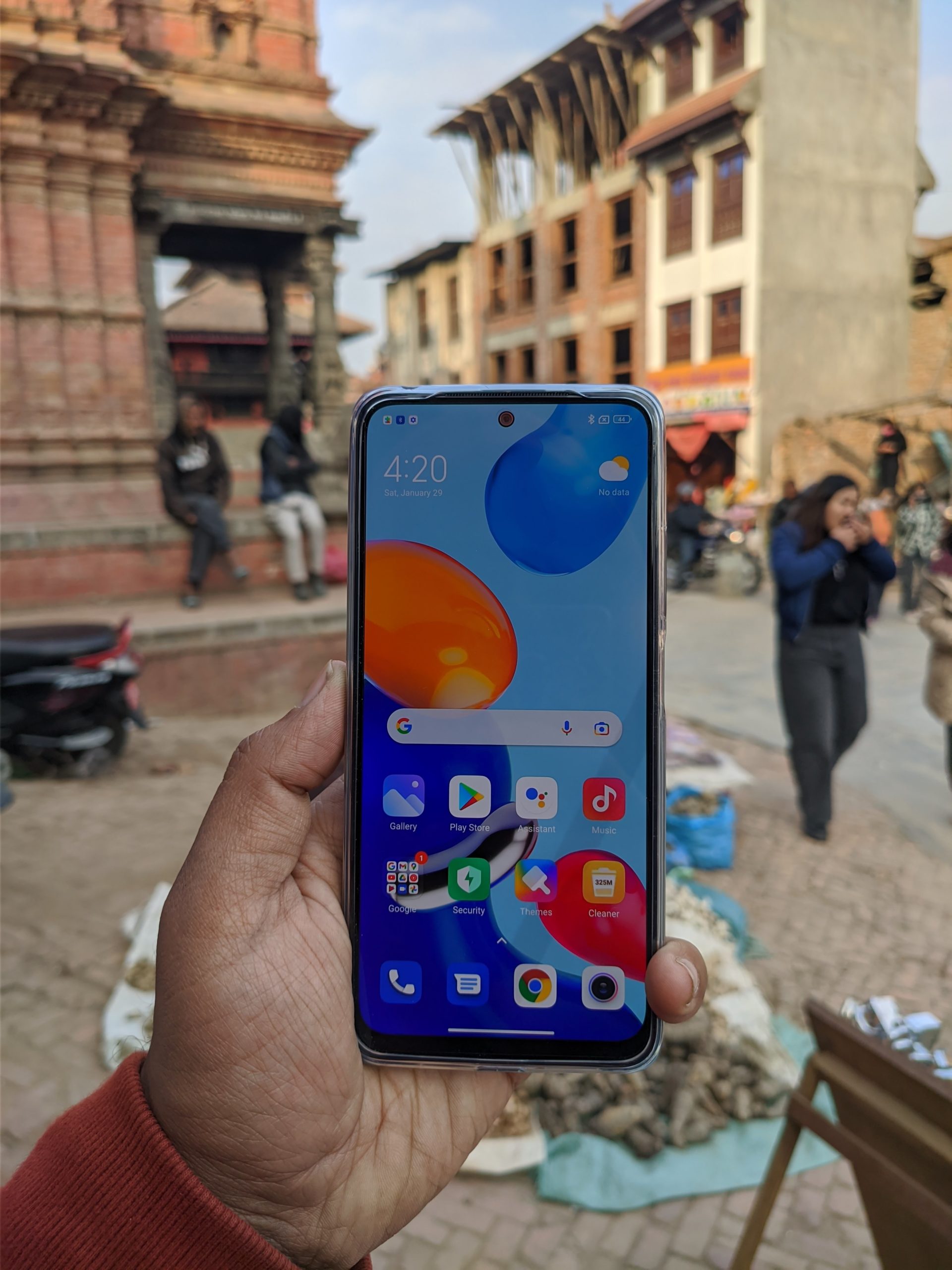
VoLTE & VoWifi
With VoLTE commercially introduced by the country’s national telco, Nepal Telecom, the feature has been a very important one in a mid-range smartphone. Thankfully, Redmi Note 11 natively supports VoLTE & I got it right away after swapping my NTC sim. The cellular reception was clear & loud with VoLTE. There is a significant difference between a 3G call & a 4G enabled VoLTE call. Calls are connected faster & are clearer than on 3G.
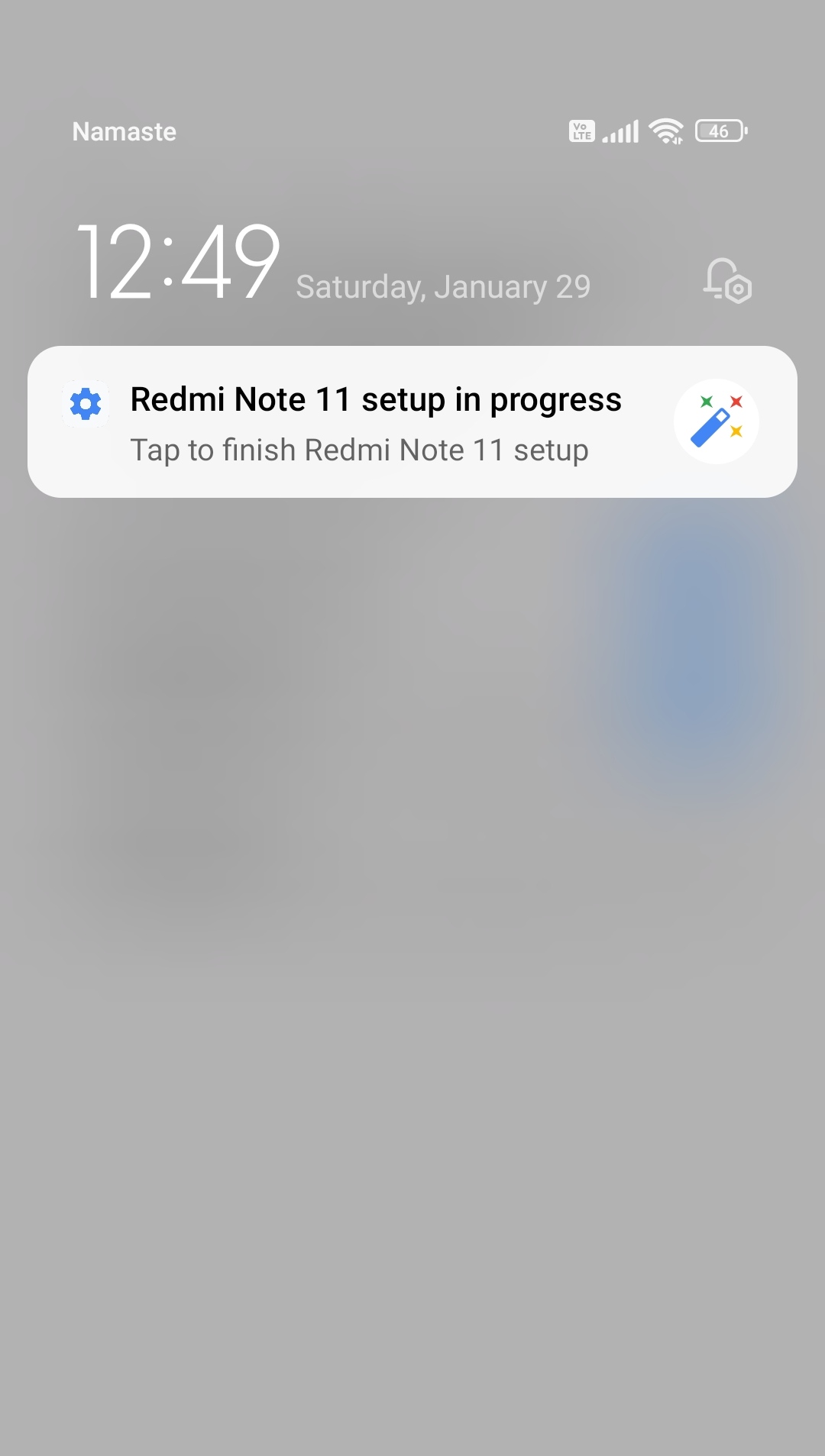
Another interesting feature on Redmi note 11 is VoWifi. It stands for Voice Over Wifi. VoWifi uses a wifi network in order to make calls and it doesn’t deduct any balance from the SIM. The feature basically enables free calls on an NTC sim using a working Wifi Network. You can call any NTC number via VoWifi without any charges.
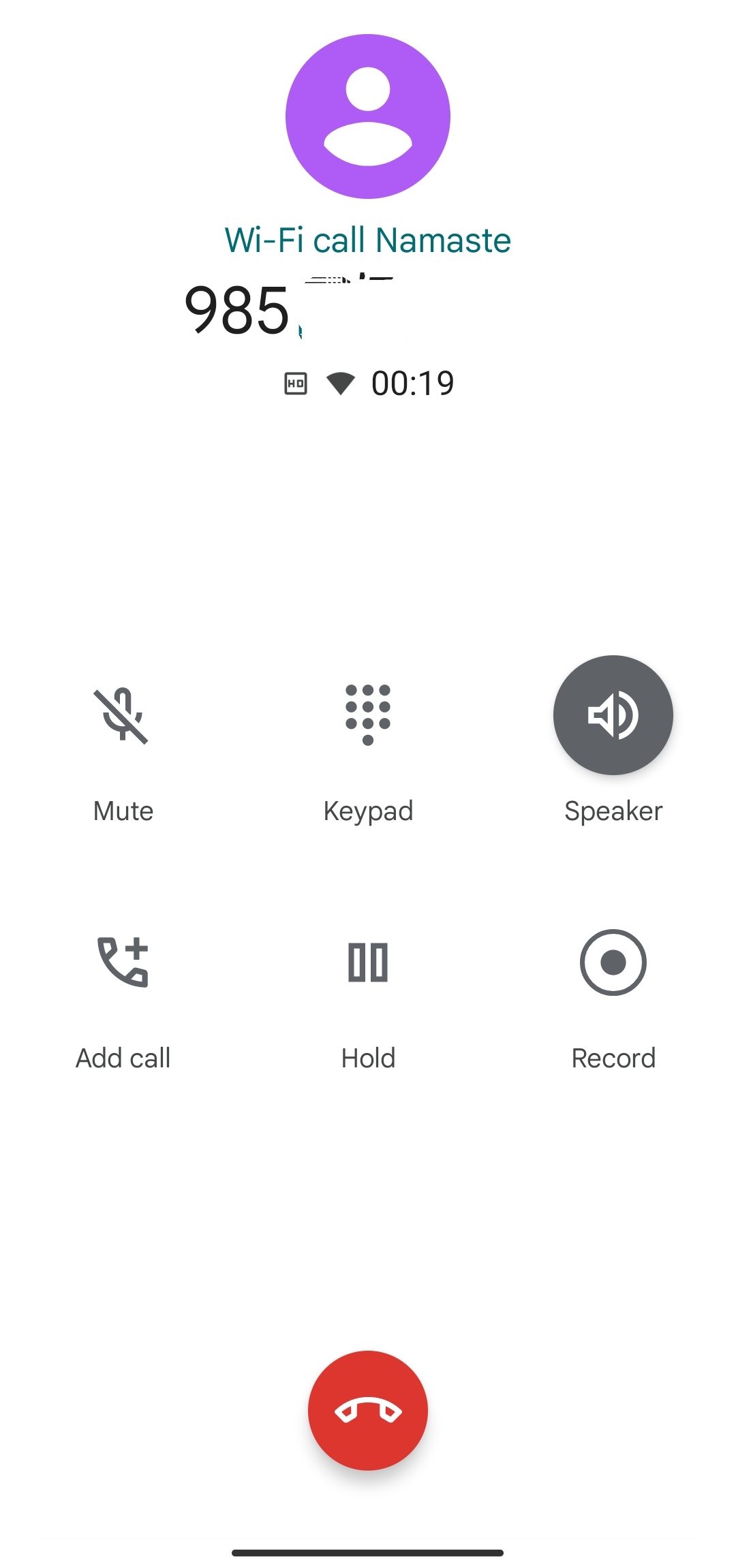
For the VoWifi settings activation, you need to dial *#*#869434#*#* on the Redmi Note 11. Then, you’ll get a “VoWifi carrier check was disabled” notification on the button of the screen. VoWifi icon appears straight on the notification bar then after. Then, one has to choose ” prefer WiFi” to make WiFi calls under sim settings. That’s the way you can make VoWifi calls. On my usage, the call quality was great and it incurred no charges at all.
Redmi Note 11’s Camera Performance
The primary 50MP sensor is a Samsung JNU sensor. The 50MP sensor clicks pixel binned pictures at normal mode with 12MP resolution. Pictures look good in the daylight with nice details & contrast. The dynamic range is also nice. The dedicated 50MP mode captures full-resolution pictures with a bit of extra detail. To be honest, there is not a drastic difference between the normal & full resolution pictures.
Portrait mode looks decent with a nice amount of bokeh. Edge detection might not be perfect all the time though. You can capture nice-looking images in the daytime. There is an AI option that helps to detect scenes & things and provides boosted color contrast. The shutter speed takes some time to capture the shot. But the result is generally awesome from the camera.
The 8MP Ultrawide sensor produces average-looking shots. Pictures significantly consist of fewer details than the shots from the main camera. The dynamic range and contrast are also average. With daylight, the shots look okay to upload on social media. While the low light scenario is not for clicking ultrawide shots from this phone. The 2MP + 2MP cameras are just here to fulfill the quad-camera portfolio. However macro shots output looks nice with good lighting conditions.
The front camera performs better in daylight situations. Skin tone might not be too accurate though from the 16MP front shooter. Nevertheless, portrait images look nice in the daytime. The bokeh can be adjusted aftermath too. In average lighting conditions, skin tones look softer.
For the videos, the Note 11 can shoot up to 1080p at 60dps. The video quality is okay for well-lit conditions but there is no EIS. As a result, videos are shaky & not stabilized at all. There is an option to shoot videos while the screen is turned off. For the front camera videos too, it is the same with no EIS. The output is okay for video calls though.
Snapdragon 680
Redmi opted for consistency instead of higher performance with its chipset this time. The Snapdragon 680 silicon is a well-balanced chipset in terms of performance & battery consumption, thanks to its 6nm architecture. The chip is all good for day-to-day usage. It can easily handle switching between apps, scrolling feeds without breaking a sweat. Opening apps was also fast as per a midrange’s standards.
However, the chipset is not a powerful one for gaming though. Casual games can be played with no hiccups. But when it comes to graphic-intensive games like PUBG, the chipset can only cater up to the Smooth + High FPS option. The SD680 is more focused on a balanced performance than gaming performance. Not least, you can still play normal games without any problems.
Also Check:- Redmi Note 11 Top Features and Initial Impression
MIUI 13
The phone boots on MIUI 13 on top of Android 11. MIUI 13 is the latest proprietary Android skin for all Xiaomi phones. The skin doesn’t offer practical differences from the earlier, MIUI 12.5 on looks. While Xiaomi has claimed it to be a performance-friendly ROM. As said, MIUI 13 feels polished and snappy enough on Redmi Note 11. Multitasking, scrolling on the apps, apps opening were swift and clean. Also, the animation seems cleaner now. Overall, the experience was decent.
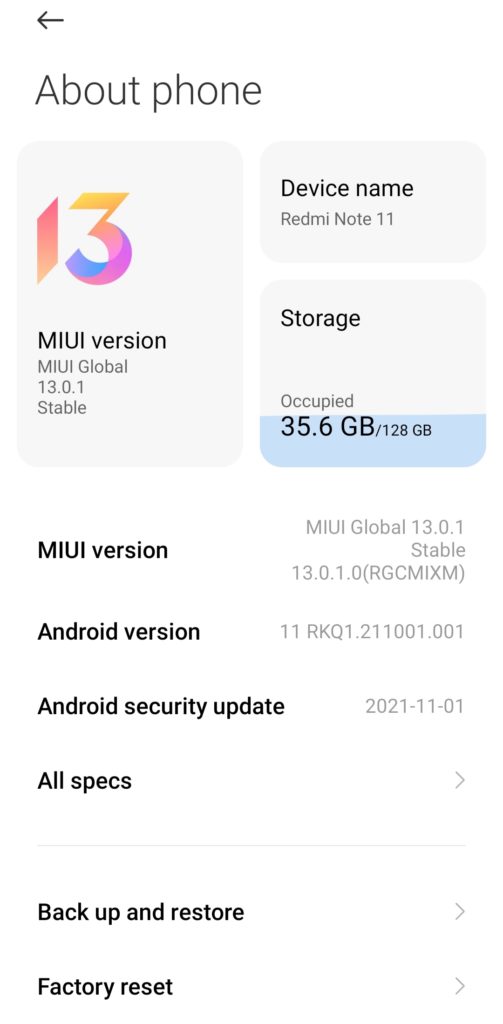
Still, ads could be subtly seen in some apps. The option to counter the ads is to turn off recommendations options on settings. I Hope, Xiaomi will not impose Ads from the next iteration of MIUI. Also, most of the features from the Chinese ROM are yet to arrive. And, it is still based on Android 11. The next update is around the corner for Android 12 as per Xiaomi’s list.
Battery Life & 33W Charging
Redmi Note 11 comes with a massive 5000 mAh battery. The battery life is great on this phone and lasts for more than a day easily with moderate usage. But turning on the 90Hz option does drain the battery quicker. As the refresh rate is a static one, it is obvious. Besides that, the battery can last very long on typical usage with social media and multimedia usage.
For charging, a 33W charger is given inside the box. The fast charger along with MIUI 13 supports pro charging technology. Xiaomi claims it can charge faster than the 33W charger of the Redmi Note 10 series. From 0 to 100℅, the charger takes 68-70 minutes to fully charge the 5000mAh cell. The Note 11 is a no-brainer for battery life and charging speed on my usage period.
Final Verdict on Redmi Note 11 Review
As expected, Redmi Note 11 stands as a decent midrange phone in the price segment. The phone delivers a decent experience, especially on multimedia usage. The AMOLED display is surely a charm with a 90Hz refresh rate. If it was a 120Hz panel, it would have been more wonderful. Nevertheless, the 90Hz option is nice to have than the usual 60Hz of the Redmi Note 10. Contents look punchy & well detailed. The panel used here is surely a superb quality one.
The chipset is a well-balanced one for usual performance. Multitasking and scrolling on apps felt nice and easy without hiccups. Thanks to MIUI 13, the experience became more enhanced. To note, the Snapdragon 680 is only for basic & casual gaming though. It cannot deliver the best when it comes to graphic-intensive titles like PUBG & CODM. Besides that, if you are a basic user and don’t do much gaming, this phone is for you. The multimedia experience was superb, thanks to its stereo speaker setup. Audio output was nice enough for a mid-range device.
Coming to the optics, the picture quality is good for broad daylight conditions. Although, the cameras on this phone perform between above-average & average levels. To be honest, the cameras could have been a lot better, if not the best. The primary sensor is okay while the ultrawide sensor lacks quality and a decent dynamic range. Maybe, an update could compensate for better picture quality in the nearby future as the software build is a new one. The portrait shots in daylight are awesome though. On the front side, the pictures are a bit soft-toned.
So that is our Redmi Note 11 review. If you are looking for a mid-range device for multimedia & light gaming, Redmi Note 11 is the one. Also for the optics, it does the job, given the ample amount of light. MIUI 13 feels good so far. Did you like this Redmi Note 11 review? Do comment down your thoughts about this phone below.
Also Check:- Xiaomi Mobile Price in Nepal | Latest Update


